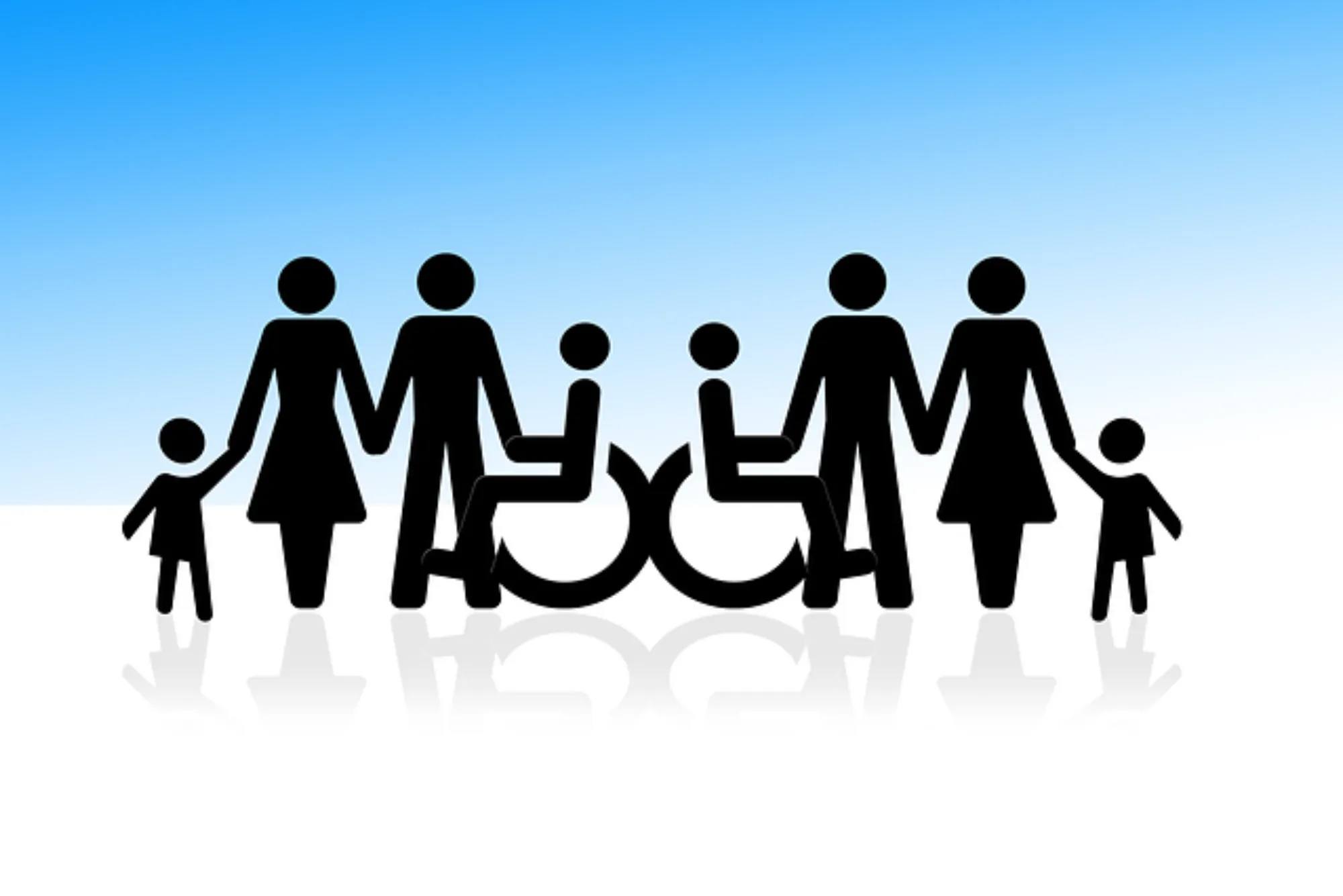In a world where inclusivity and diversity are increasingly recognized as essential values, the concept of Disability Confident emerges as a beacon of progress. This movement advocates for a fundamental shift in perception – from focusing on limitations imposed by disability to recognizing and celebrating the abilities and contributions of individuals. In this article, we delve into the essence of Disability Confident, exploring its principles, benefits, implementation strategies, and the transformative impact it has on workplaces and communities.
Understanding Disability
Before delving into the Disability Confident movement, it’s crucial to grasp the concept of disability itself. Disability encompasses a diverse range of conditions and impairments that may impact an individual’s mobility, sensory perception, cognition, or mental health. However, it’s essential to move beyond stereotypical assumptions and recognize the unique strengths and capabilities of each person.
Visit our website: visualisetrainingandconsultancy.com
The Disability Confident Movement
Originating from a collective desire to promote inclusivity and equality, the Disability Confident movement aims to create environments where individuals with disabilities are empowered to thrive. Its core principles revolve around fostering a positive mindset, promoting inclusivity in workplaces and communities, and championing the rights and dignity of people with disabilities.
Seeing Ability, not Disability
Central to the Disability Confident ethos is the belief that every individual possesses unique abilities and talents. By shifting the focus from limitations to capabilities, this approach encourages employers and society as a whole to recognize and leverage the diverse skill sets of individuals with disabilities. Through inclusive practices and attitudes, Disability Confident fosters environments where everyone feels valued and empowered to contribute their best.
Benefits of Embracing Disability Confident Approach
Embracing Disability Confident practices yields numerous benefits for organizations and society at large. By embracing diversity and inclusion, companies experience enhanced innovation, creativity, and problem-solving abilities. Moreover, creating an inclusive workplace culture fosters higher levels of employee satisfaction, retention, and productivity. From a societal standpoint, Disability Confident initiatives contribute to breaking down barriers, reducing stigma, and promoting social cohesion.
Implementing Disability Confident Practices
Implementing Disability Confident practices requires a multifaceted approach. It involves reevaluating recruitment and hiring processes to ensure equal opportunities for individuals with disabilities. Additionally, organizations must provide necessary accommodations, training, and support to enable employees to thrive in their roles. By fostering an inclusive environment that values diversity, organizations can unleash the full potential of their workforce.
Success Stories and Case Studies
Countless organizations worldwide have embraced the Disability Confident approach, yielding tangible benefits for both individuals and businesses. From multinational corporations to small businesses, success stories abound, demonstrating the transformative power of inclusive practices. These stories not only highlight the remarkable achievements of individuals with disabilities but also serve as inspirations for others to follow suit.
Challenges and Opportunities
While progress has been made in promoting disability inclusion, significant challenges remain. Barriers such as inaccessible infrastructure, discriminatory attitudes, and lack of awareness continue to hinder the full participation of individuals with disabilities. However, these challenges also present opportunities for innovation, collaboration, and advocacy. By working together, we can overcome these obstacles and create a more inclusive and equitable society for all.
In embracing the Disability Confident ethos, we embark on a journey towards a more inclusive and equitable future. By seeing ability, not disability, we unlock the full potential of individuals and create environments where everyone can thrive. As we continue to champion diversity and inclusion, let us remember that by embracing our differences, we enrich our communities and build a better world for generations to come.








